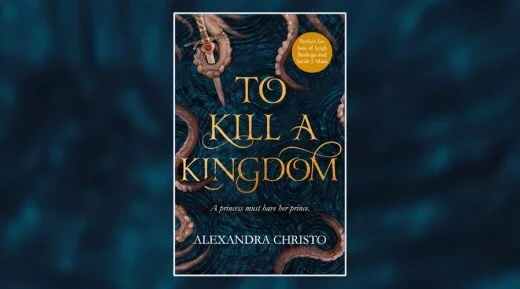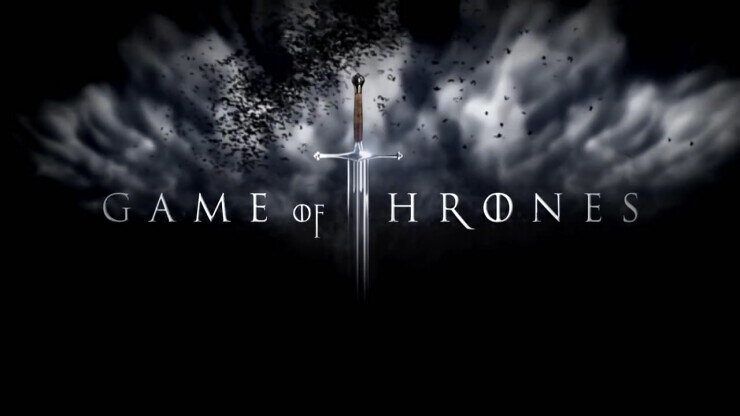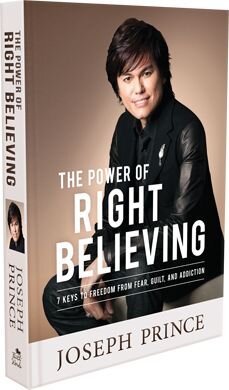How to Write an Amazing First Chapter
I can’t believe I haven’t written on this topic before! If this is your first time here, welcome! If not, welcome back! I write on all things Christian and writing related, so this wonderful article is dedicated to writing an amazing first chapter—and writing an amazing first line. I realize I probably didn’t begin this article with a knockout first line, but hey, I bet you’re going to keep reading anyway, right?
And that brings me to my first point!
There is no right or wrong way to open a story.
I am a huge believer in author’s rights—haha. What I mean by that is, there are many people (agents, bloggers, publishers, etc,) who will try to feed you a set of dos and don’ts on writing and setting up a story. Those guidelines certainly have their place, but always remember while you’re writing, it is your story, and no one knows it better than you. In fact, the best way to truly learn how to write a good first chapter is to read. Read as much as you can as often as you can—and PRAY! All of my inspiration comes from Christ alone, the more time I spend with Him, the better my writing gets. He is the Creator of all things anyway, who better to teach me than Him?
An author’s first chapter will depend on the genre of the book, the style of writing, the narration, and even the author’s own writing habits. All uniqueness aside, most first chapters have 3 basic components: Intro, exploration, and resolution.
This means the first chapter introduces something—that could be a character, a setting, an ability, or more specifically, a conflict.
It is best to introduce a conflict in the first chapter because conflict often leads to exploration and it is through explanation that you can examine your protagonist. Exploration allows you to introduce your character’s abilities, or lack thereof, as well as character traits, insight, and personal issues. Naturally, conflict and exploration lead to resolution.
Resolution can play out in multiple ways; this opens the door for you to demonstrate your character’s ability to handle conflict/problem solve or it allows you to set up the scene for further exploration. Resolution doesn’t mean the issue is totally solved and disappears for the rest of the book, it could simply mean your characters have found a solution and that solution may take the rest of the book to acquire.
Take Avatar: The Last Airbender for example; in the very first episode, we learn the ATLA world has been at war with the Fire Nation for the last 100 years. This is the conflict.
The exploration takes place as we follow Aang around the Southern Water Tribe learning about his abilities and the setting of the ATLA world. By the end of this first episode it is revealed that only the Avatar can take down the Fire Lord—leader of the Fire Nation—and that the Avatar is none other than Aang himself.
The resolution to this issue is that Aang must master all four elements and then take down the Fire Lord. All of this is established in the very first episode of the series; but the actual resolution (Aang challenging the Fire Lord) doesn’t happen until the very last episode of the entire show.
So don’t get worried! Laying down the foundation for your resolution doesn’t mean the conflict must be completely solved, it only means a solution should be introduced.
On the other hand, not including all 3 of these elements won’t mean something is wrong with your story or your writing. Remember the first point I made? There is no right or wrong way to do this!
Depending on your genre, you could leave out any of the 3 basic components I just went over. Mysteries and thrillers are famous for introducing a conflict but ending on a cliffhanger with very little exploration and often no resolution presented in the first chapter (or first few chapters)—otherwise it wouldn’t be much of a mystery, right?
So, now you know the 3 basic components of writing a good first chapter—but how do you put these together? I can’t sit down and tell you word for word how to write your novel, but I can give you some examples of books that have had strong openings I personally enjoyed.
I love the opening line in Alexandra Christo’s YA fantasy, To Kill A Kingdom:
I have a heart for every year I’ve been alive.
When I first read that, I thought … what? It made me want to read more, and find out what this character was talking about. A good first chapter always provides mystery, controversy, or challenges readers/poses questions. After reading that one line I was left with tons of questions: Why do you have a heart? How long have you been alive? Does having these hearts mean you’ve killed people?
Christo does it again when she introduces the second narrator of the story, two chapters later:
Technically, I’m a murderer, but I like to think that’s one of my better qualities.
Isn’t that so intriguing? To have a character—a protagonist—openly admit to being a murderer as the first line of their introductory chapter is not only bold but incredibly defining as a character trait.
One thing these opening lines have done that is very important to capture your audience is they’ve set the tone for the rest of the book. Your first chapter should be like a sample for your readers; if your book is about a quirky teen falling in love for the first time, you may not want to start things off by detailing how her mother died in a car accident two years ago—even if that plays a role in the story later on, starting things off on that foot may set up the wrong mood for the rest of the book.
You can also start your book off with dialogue. Adrienne Young began her novel, Sky in The Deep, with two words that immediately pulled me into her YA Viking fantasy world.
“They’re coming.”
This poses so many questions that almost forces the reader to keep moving through the novel. Who is coming? Why are they coming? What will you do when they get there?
On the other hand, George R.R. Martin also starts his Game of Thrones series with dialogue, but he uses imagery to set up his scene.
“We should start back,” Gared urged as the woods began to grow dark around them.
Never underestimate the power of imagery! The picture of the woods growing dark tells you everything you need to know about why Gared and his companion should start back—like right now. As a quick side note, one good thing to remember about imagery is that color/weather plays a big role. Rain and things growing dark typically insinuate something bad while brightness and good weather, gold rays of the sun, white-blonde hair, warm breezes, etc, typically symbolize something good. So, if you want to do a little foreshadowing in the first chapter, using imagery is certainly a way to go.
What I love most about Martin’s opening line is that it actually establishes all 3 of the major components we went over earlier. It lays out your conflict; Gared urging that we should start back tells us that if they don’t, then something bad may happen, while the woods growing dark around them says something bad may have already begun. It explores the setting by providing imagery of the dark woods. And it establishes a possible solution—Gared suggesting they start back. So, in just one sentence Martin has provided every single element of a great first chapter. And that is why he is an incredibly successful author, haha!
Typically, I give insight on writing fiction, but I want to give you an example of a great opening line in non-fiction as well. Joseph Prince is an incredible Christian pastor who has written multiple faith-based books, one of my favorite first lines from him is this insert from, The Power of Right Believing:
What you believe is powerful.
This is a perfect example of setting the tone for the rest of the book. Readers know right away that this is going to deal with your mind, your confidence, and your belief. It also challenges readers to do a little digging on themselves; what do you believe? Are you thinking good thoughts? Do you even agree that what you believe is powerful? What if what you believe is the wrong thing? Writing a powerful first line and first chapter is equally important in non-fiction books.
Like I said before, there is no right or wrong way to start off a story but there are definitely some not so great ways.
As a book reviewer and owner of an independent publishing company, I can tell you all the things I have personally found off-putting while reading through a manuscript’s first chapter. And I will do that … in my next article!
Thank you so much for taking the time to check out my website and blog! If you found this article helpful, share it with a friend, recommend it to the world, and make sure you use the form below to subscribe to my monthly newsletter to stay abreast on new articles and updates. Please take the time to read my other articles on writing found here and keep an eye out for my next post on How to Write A Terrible First Chapter—now available! Click the title to read now! Now that I think about it, I may do a series on Why Your Book Gets Rejected—but that’s just a moment of inspiration, don’t quote me on that! Haha! God bless you guys!





